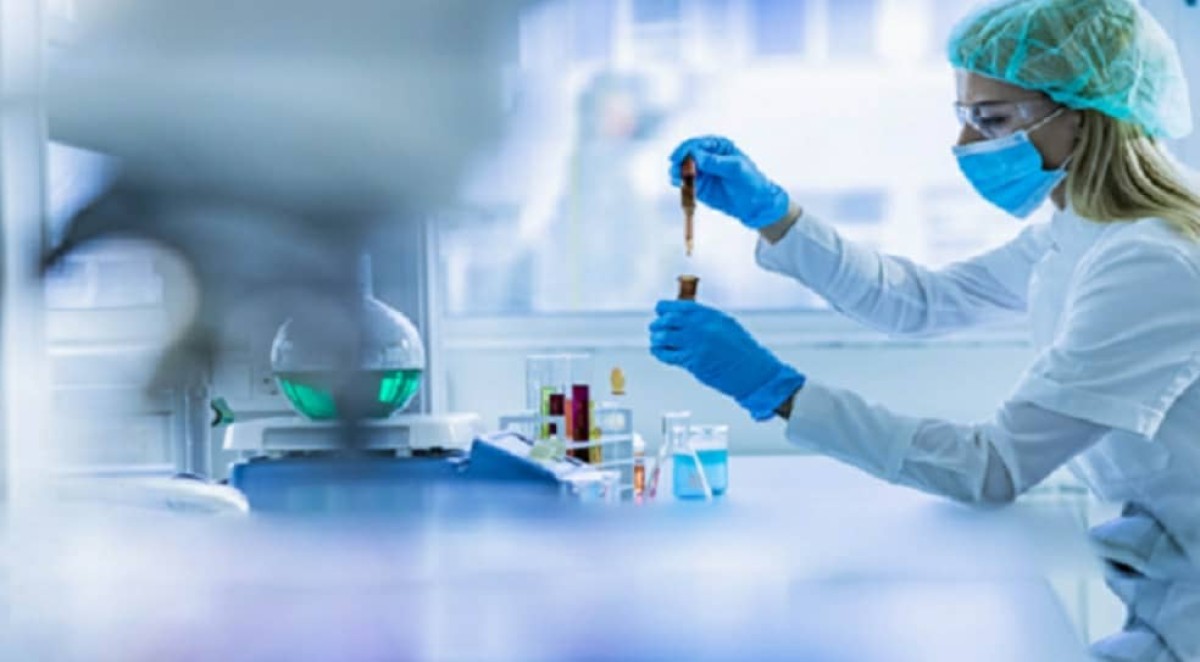Russian nanoscopic sensors that monitor resistance bacteria and determine effective treatment


Scientists from the University of Moscow and the Gamalia Center are developing an immediate diagnostic technique that relies on spectral analysis and overlap to detect bacteria resistant to antibiotics, without the need to grow them
A joint scientific team from the Moscow State University and the National Center for Epidemiology and Microbiological Research have been able to invent new nanoparticles capable of rapid and accurate detection of antibiotic -resistant bacteria, in a step that is promising to accelerate the diagnosis and improve the effectiveness of treatment in medical care sites.
Liopov Osmankina, Director of the Medical Physics Laboratory at the University of Moscow University, confirmed that the new platform combines three main features: high molecular sensitivity, stability of signals, and a speed in obtaining results, which makes it eligible to be the nucleus of compact diagnostic devices that provide immediate and accurate analysis of bacterial infection and help doctors choose the appropriate treatment directly at the care point.
According to the university, these sensors rely on nanoparticles of porous silicon, developed with bipolar nanoparticles of the metal of gold and silver. Its structure is characterized by the integration of two advanced optical techniques: optical overlap and spectral analysis based on the impact of Raman enhanced, which allows the detection of changes in the molecular structure of bacterial cell walls without the need to use signs or agricultural circles.
The tests showed the effectiveness of sensors using Listeria Innocua bacteria - which are not nurse and resembled in terms of the microbes that cause positive pathogens - where bacterial cells interact with antibiotics were monitored directly on the surface of the sensors.
The source pointed out that this technology does not need long cultivation, and provides an analytical response in the early hours of the examination, outperforming the traditional methods used in laboratories. Thanks to the compatibility of the materials used with biology, innovation can be modified to suit applications in medicine, microbiology, food industries, and environmental monitoring.
The results of the study have been published in the ACS Applied Mateials & Intercesses and Results in Surfaces and Intercesses, which confirms the importance of the discovery and its potential role in making a qualitative shift in the field of careful and exact medical diagnosis.
Source: Tas Agency